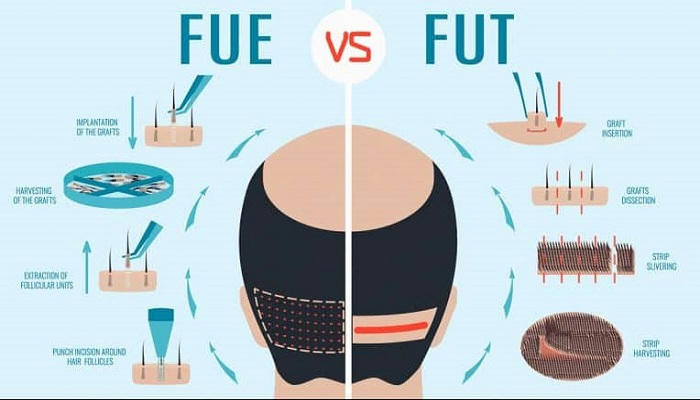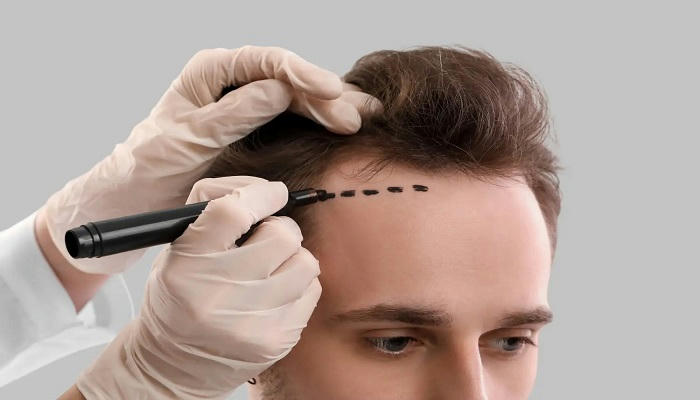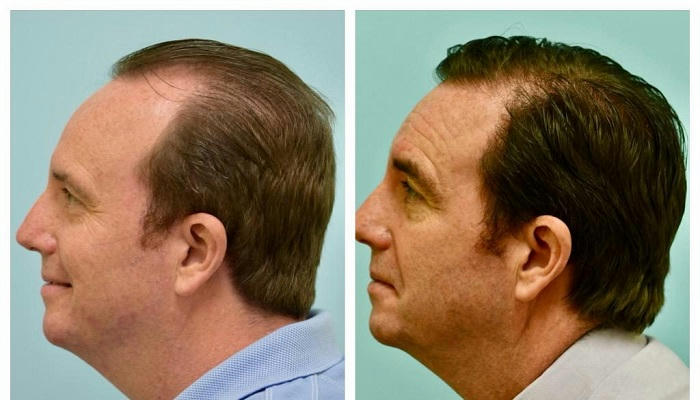Understanding Hair Transplantation: Techniques, Benefits, and What to Expect
Hair loss is a common issue that affects millions of people worldwide. While it can be a natural part of aging, it can also result from factors such as genetics, hormonal changes, stress, and illness. For many, hair loss leads to a decline in self-esteem and confidence.
Fortunately, hair transplantation has emerged as an effective solution for restoring hair and boosting self-confidence. This article explores hair transplantation techniques, benefits, and what to expect from the procedure.
What Is Hair Transplantation?
Hair transplantation is a surgical procedure that involves relocating hair follicles from one part of the body (usually the back or sides of the scalp) to areas where hair is thinning or absent. The goal is to achieve natural-looking hair growth in affected areas.
There are two primary techniques used in hair transplantation:
- Follicular Unit Transplantation (FUT)
- Follicular Unit Extraction (FUE)
Both methods aim to restore hair with a natural appearance.

Types of Hair Transplantation Techniques
Follicular Unit Transplantation (FUT)
FUT, also known as the strip method, involves removing a strip of scalp from the donor area, dissecting it into individual follicular units, and implanting them into thinning areas.
Procedure:
- The donor area is numbed, and a strip of scalp is removed.
- Hair follicles are separated and prepared for transplantation.
- The recipient area is numbed, and the follicles are implanted.
Advantages:
- Allows transplantation of a larger number of grafts in one session.
- Often more cost-effective than FUE.
Disadvantages:
- Leaves a linear scar in the donor area.
- Recovery time is longer compared to FUE.
Follicular Unit Extraction (FUE)
FUE is a more modern and minimally invasive technique. Instead of removing a strip of scalp, individual hair follicles are extracted directly from the donor area.
Procedure:
- A punch-like instrument removes individual follicles from the donor site.
- The follicles are prepared and transplanted into tiny incisions in the recipient area.
Advantages:
- No linear scar, only tiny, less noticeable scars.
- Faster recovery time than FUT.
- Suitable for patients who prefer a less invasive option.
Disadvantages:
- Typically fewer grafts per session compared to FUT.
- More time-intensive and costly.
Robotic Hair Transplantation
Robotic systems assist in FUE procedures, enhancing precision and speed.
Advantages:
- Increased accuracy in follicle extraction.
- Reduced human error during transplantation.
Disadvantages:
- Limited availability at clinics.
- Can be more expensive than manual FUE.

Benefits of Hair Transplantation
| Benefit | Description |
|---|---|
| Natural-Looking Results | Hair grows naturally since it's taken from the patient's scalp. |
| Boost in Confidence | Improves self-esteem and appearance. |
| Permanent Solution | Unlike medications, transplanted hair lasts a lifetime. |
| Low Maintenance | No special shampoos or treatments required after healing. |
What to Expect Before, During, and After the Procedure
Before the Procedure
- Consultation with a qualified surgeon to assess eligibility.
- Discussion of medical history and expectations.
- Avoidance of blood thinners and certain medications before surgery.
During the Procedure
- Local anesthesia is used to numb the scalp.
- The surgery typically lasts 4 to 8 hours, depending on grafts needed.
- Patients remain awake but comfortable during the procedure.
After the Procedure
- Temporary swelling, redness, and scabbing may occur.
- Most patients return to work within a few days.
- Full results take 9 to 12 months to become visible.

Risks and Considerations
Although hair transplantation is generally safe, some potential risks include:
- Infection
- Scarring
- Shock loss (temporary hair shedding after surgery)
- Unnatural-looking results if performed by an inexperienced surgeon
Choosing a skilled and experienced surgeon reduces these risks.
Is Hair Transplantation Right for You?
Hair transplantation is ideal for individuals with stable hair loss and sufficient donor hair. If hair loss is still progressing, doctors may recommend delaying the procedure until the condition stabilizes.
Factors affecting candidacy include:
- Hair type and texture
- Extent of hair loss
- Overall health and expectations
Conclusion
Hair transplantation offers an effective and permanent solution for hair loss, with techniques such as FUT, FUE, and robotic transplantation making natural restoration possible.
For best results, work with a qualified specialist who can guide you through the process and ensure optimal outcomes. While the procedure requires some recovery time, the long-term benefits of natural, healthy hair make it a worthwhile investment.
